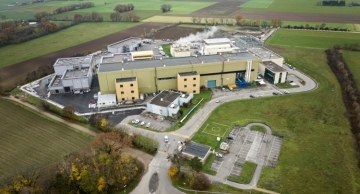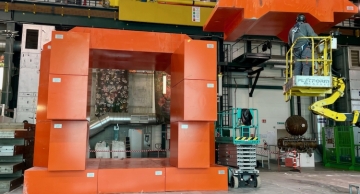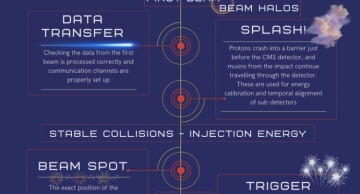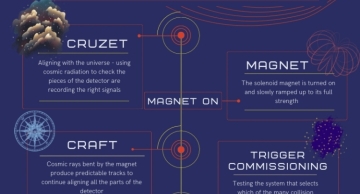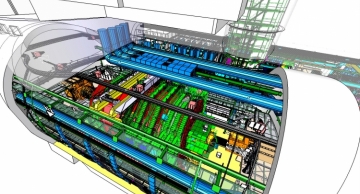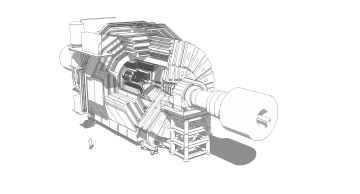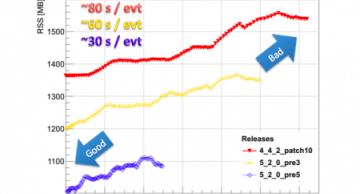The first wafers of the CMS Read Out Chip (CROC) for the High Luminosity Pixel detector have been produced and tested, marking a major milestone for the next generation CMS Tracker.
Each silicon wafer contains 136 chips that are built to withstand…
How an evacuation of the CMS experimental cavern has provided invaluable human behaviour data to improve the emergency preparedness for complex underground facilities.
CERN and CMS strive for excellence in safety matters, with a commitment to…
In the same way that loud background noise does not allow us to listen to a conversation or appreciate a piece of music, so too the CMS detector needs a quiet environment to optimize data taking and analysis.
New shielding has been…
In this short series, we look at the different types of tests and steps needed for CMS to run at the precision the experiment requires.
Find part 1 here!
Part 2
First Beam Arrives
So far, the only tests and alignments that have taken place have…
It is compelling to picture large physics labs with lots of sparks and heavy levers that wake up big, important experiments with sparks and loud bangs.
Even if this were the case, CMS is too big and too complex to be started up by a simple pull of a…
A successful four years of CMS detector operation came to an end last week and now we are beginning a new chapter. The next two-years of Long Shutdown (LS2) will mark an important transition for CMS.
Against a background of the intensive 5-…
Visitors to P5 now have a series of seven posters of beautiful 3D drawings of the CMS detector to look at before they go underground to the CMS cavern.
This series of the drawings is called “ZOOOM”.
Image credit: Tai Sakuma | Animation credit:…
A new year with new energy and new luminosities: 2012 holds the promise to close the question on the existence (or absence) of a Standard Model Higgs boson.
Besides the obvious challenges posed by the LHC restart at a higher energy and a much…

